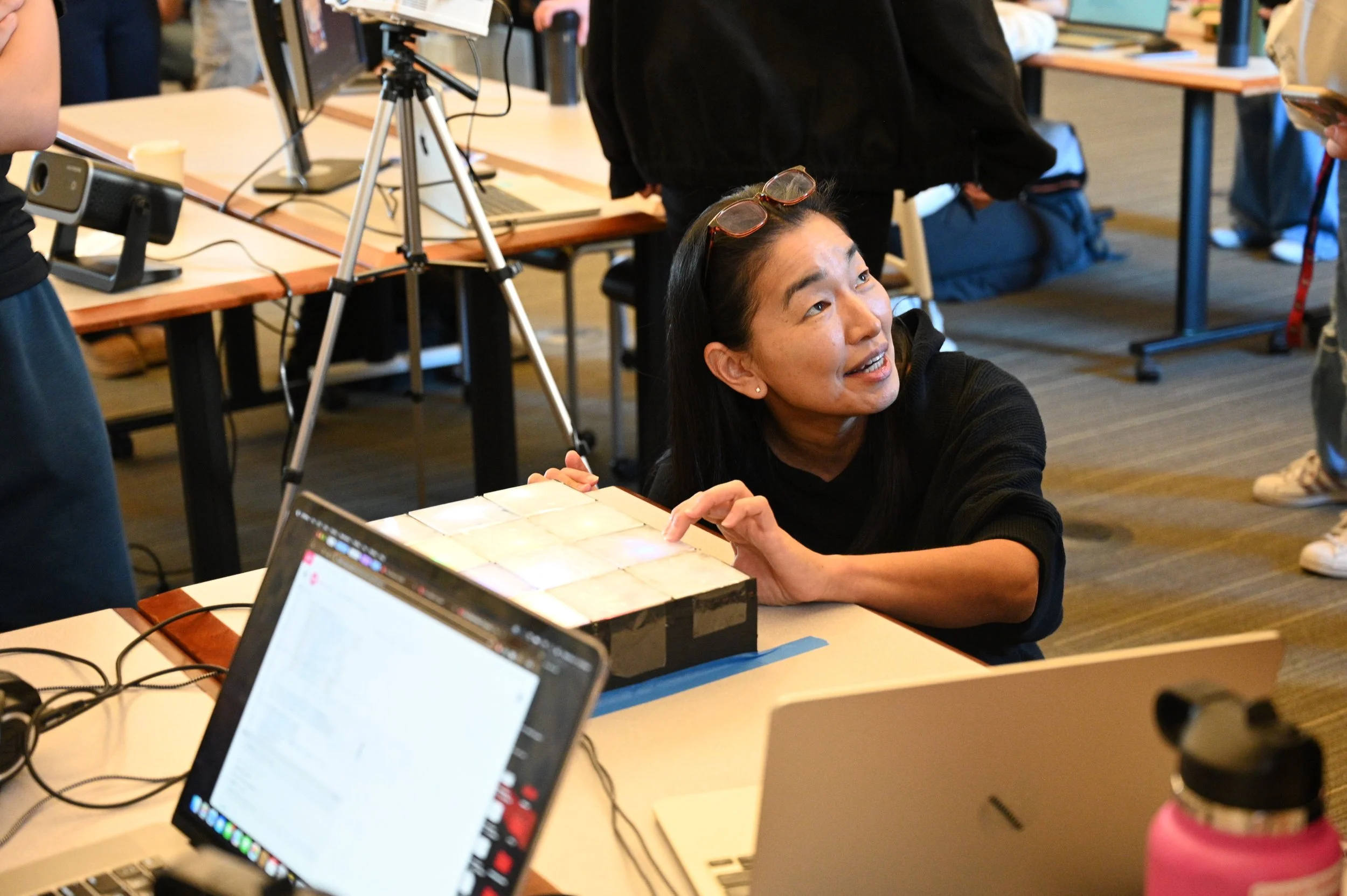
My field of research is tangible embodied computing, a subfield of human computer interaction (HCI), which studies how we engage (or neglect to engage) our bodies beyond vision, such as hearing, touch, our sense of taste, smell, and even balance, when we interact with computing systems. Considering embodiment in today's screen dominated world is important as interface design can significantly change the way we understand and engage with information when it incorporates understandings of the people around us (the sociocultural context) and the environment. Embodiment considers the differences among our bodies and abilities, and therefore can also shed light on implicit assumptions (e.g. ableism) in our designs that need to be addressed. I study representation, materialities, and interactivity of information systems, particularly in the context of mental health, social networks, and educational applications. In my research, I design and evaluate new embodied tangible user systems that meet people where they are, and theorize the role of embodied interaction in cognitive development and conceptual learning. My goal is to enable researchers and technologists to understand and build systems that contribute to improving human cognitive and psychological health.
I am an associate professor at the UC Berkeley School of Information and Berkeley Center for New Media. My work on technologies to support creativity and learning has been funded by NSF, Nokia, Google, etc. and has been presented at the premier HCI conferences including CHI, SIGGRAPH, Creativity & Cognition, IDC, Ubicomp, and CSCL, winning several best paper awards. I am also an award-winning designer and inventor (IDSA Gold Award) and has exhibited at international venues such as Ars Electronica, Children's Museum Kyoto Japan, AIGA, and IDSA. I received my MS and PhD in Media Arts & Sciences from MIT in 1999 and 2005 respectively. Before joining UC Berkeley, I worked at IDEO as an interaction design and human factors specialist.